Wandering the Ancient Champa Ruins at My Son - UNESCO Central Vietnam
Vietnam is a country rich in a deep and complex cultural heritage, and there are many popular historical sites worth visiting. This is especially true in Central Vietnam, which boasts the royal tombs and palace of the Nguyen Dynasty in Hue as well as the ancient trading town of Hoi An about 3 hours to the south. Both of these destinations are usually high on any traveler's itinerary purely due to how “instagrammable” they both are, particularly with regard to beautiful designs, shopping, and food. It is easy for people to get swept up in the excitement of these places, and to completely overlook the interesting and complex historical significance of the region.
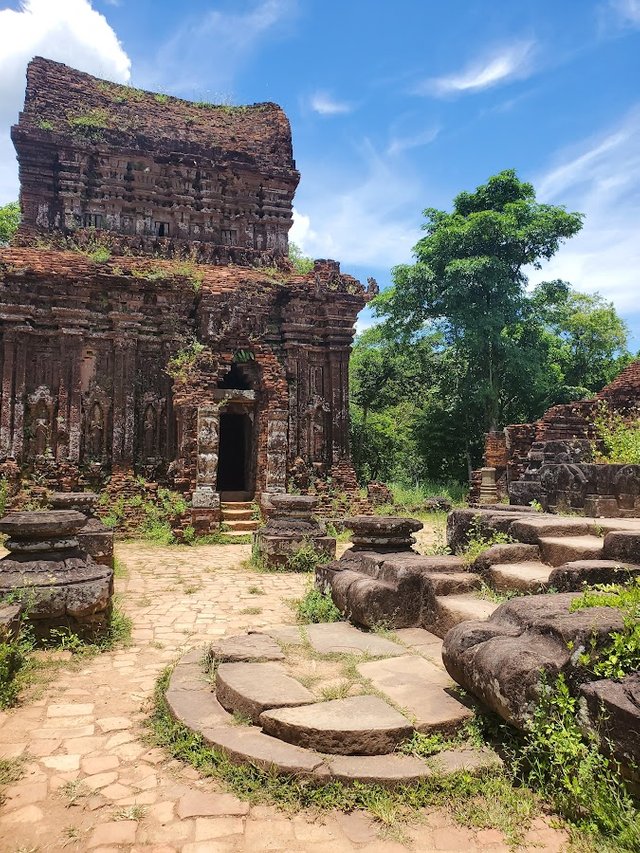
Today I am going to talk about a trip I took to a lesser-known Central Vietnamese destination that is a treat for history-lovers like myself. The place I am referring to is the My Son Sanctuary, a UNESCO World Heritage site located about an hour to the southeast of Hoi An by motorcycle. If you are looking to add a bit of adventurous fun to your day, I highly recommend going here by motorcycle/bike, and taking the small local roads to the south rather than the slightly more efficient highway route.
The recommended road follows the Thu Bon River out of Hoi An to the east and splits from the main road before crossing over two bridges. This route has far fewer trucks and busses to worry about, has many beautiful forested sections of road, and gives a nice glimpse into authentic Vietnamese countryside life. If you are traveling to My Son from Da Nang, and want to take the fun way, follow the ocean road south towards Hoi An ancient town and join the route at the river. This will add about 45 minutes to the drive, but I think it makes for a fun little road trip. If you plan to go by car, the driver will probably be speeding the whole way down anyway, so just take the highway, which will be the most efficient.
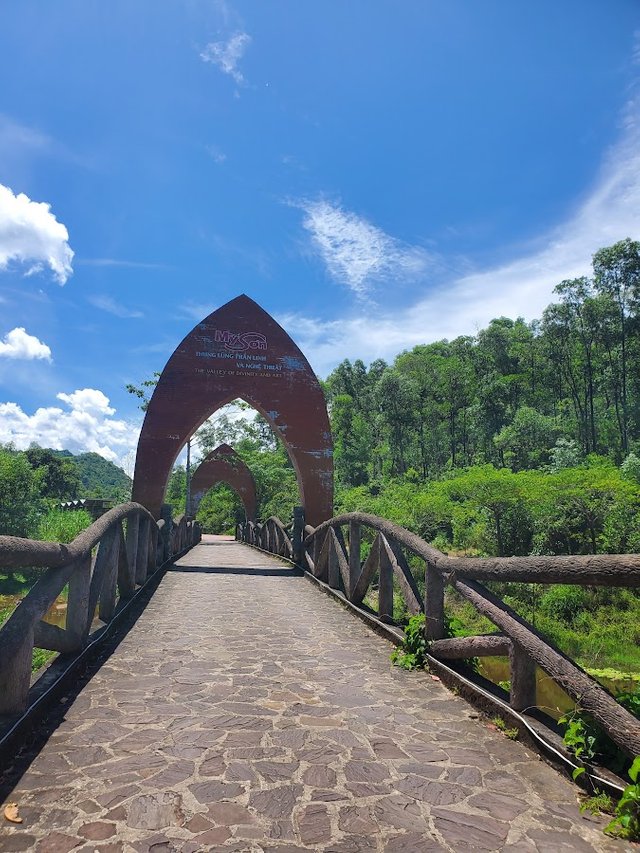
When you arrive at My Son Sanctuary you will pay 150,000vnd (less than $6) to enter, which includes a shuttle ride to the main entrance. Just before you get to the main entrance of the site there will be a few small structures, one being the guide office. I highly recommend getting a guide from this office, I believe it was only another 50,000vnd, which is a great value considering the wealth of information they will provide throughout your visit.
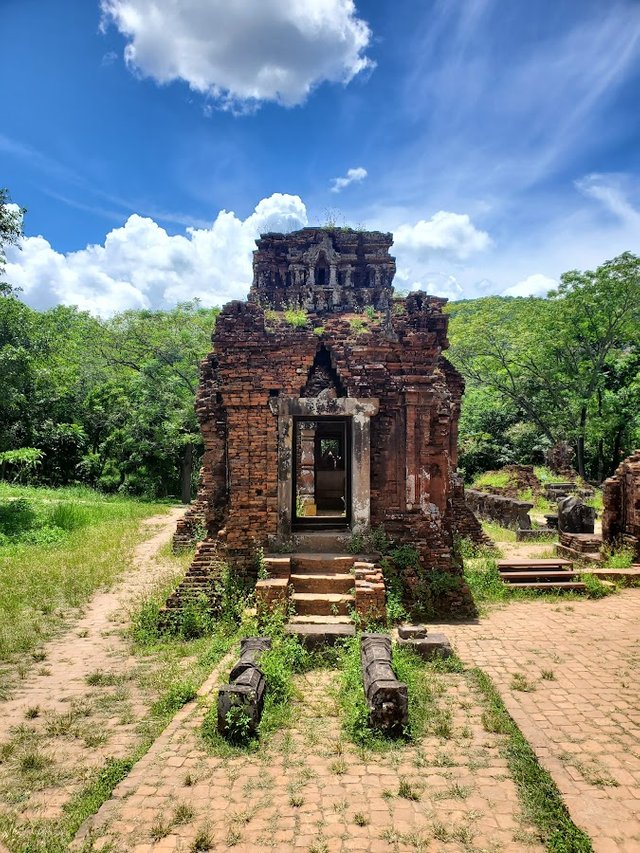
One of the first things that strikes you when you start exploring the site is just how different the building designs are compared to other historical sites you find in Vietnam. This is because this area used to be a part of the ancient Hindu kingdom of Champa. The architecture and iconography of the many structures more closely resemble sites like Angkor Watt in Cambodia or Ayuttaya in Thailand. The Champa kingdom was eventually defeated by the Kingdom of Dai Viet, and most of the Cham people were pushed further south over the centuries.
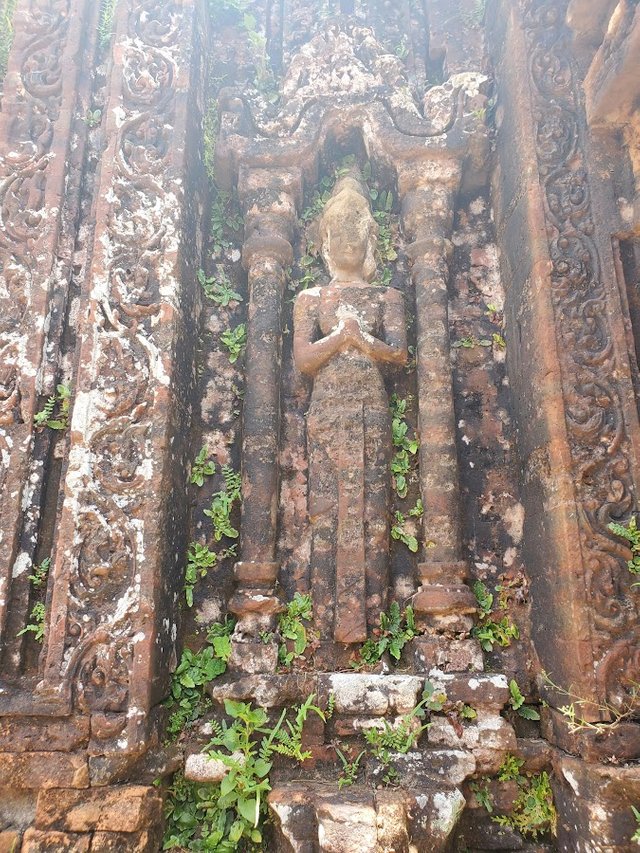
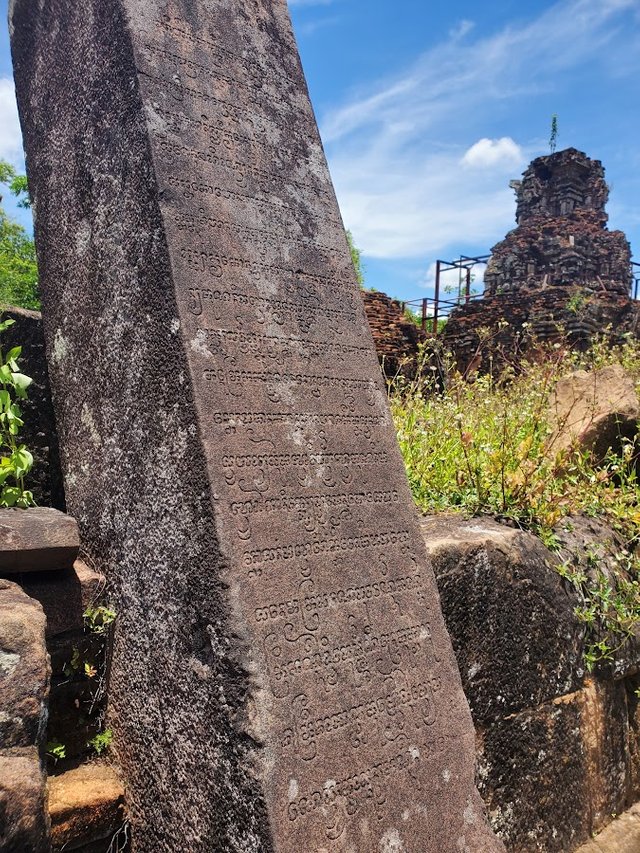
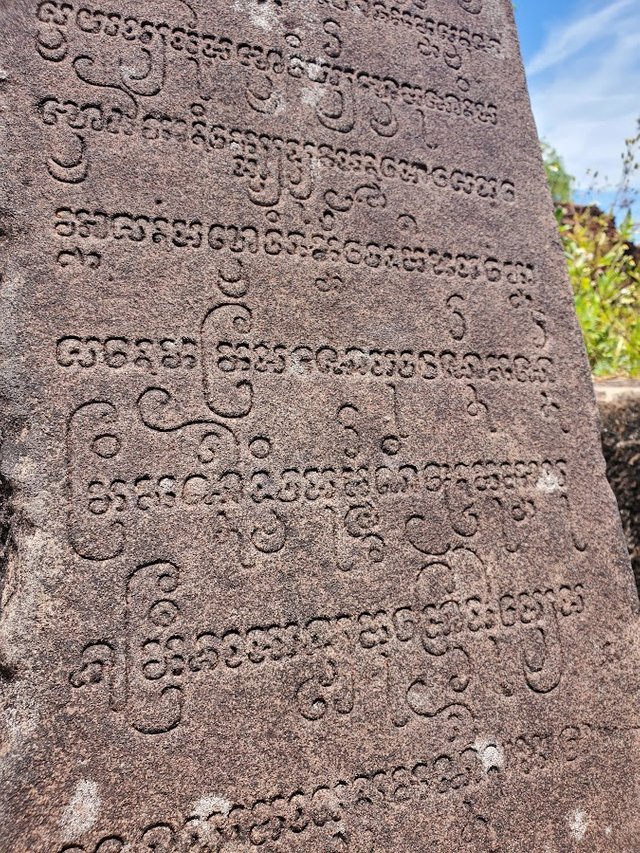
I am told by the guide that the structures are mostly dated between the 4th and 13th Century AD, but that they believe there were remnants of older ruins below. Despite at one time being home to more than 70 temples, this site was not used for governance or everyday living, but instead a religious site used for pilgrimage. The ancient Cham people who came here believed that the mountain that the site is at the base of had mystical properties. Fertility rituals were practiced here, and many of the statues scattered around the site reflect this.
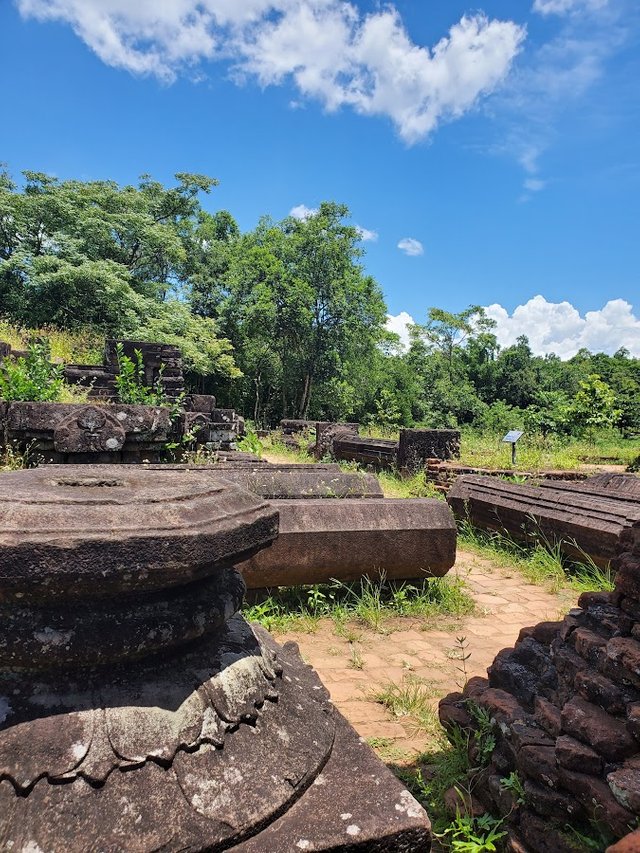
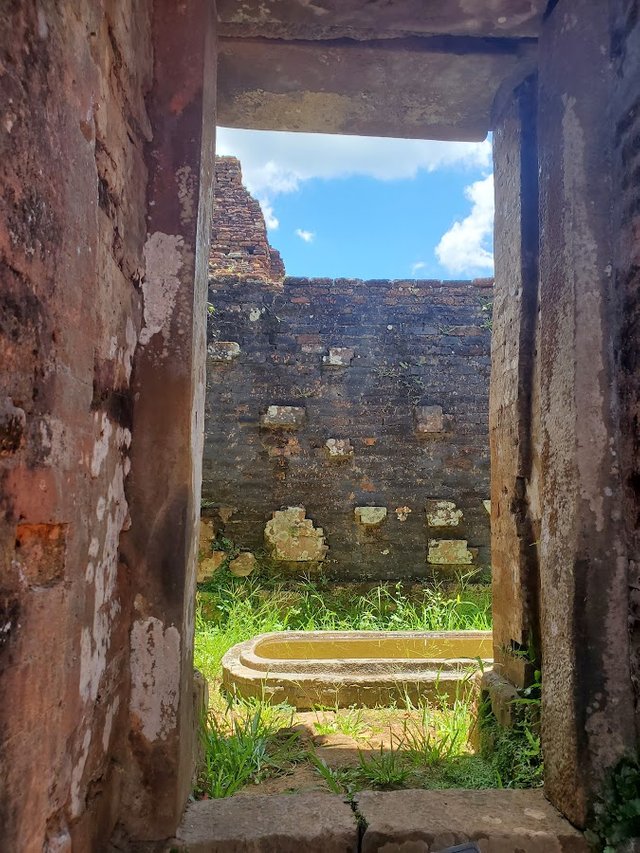
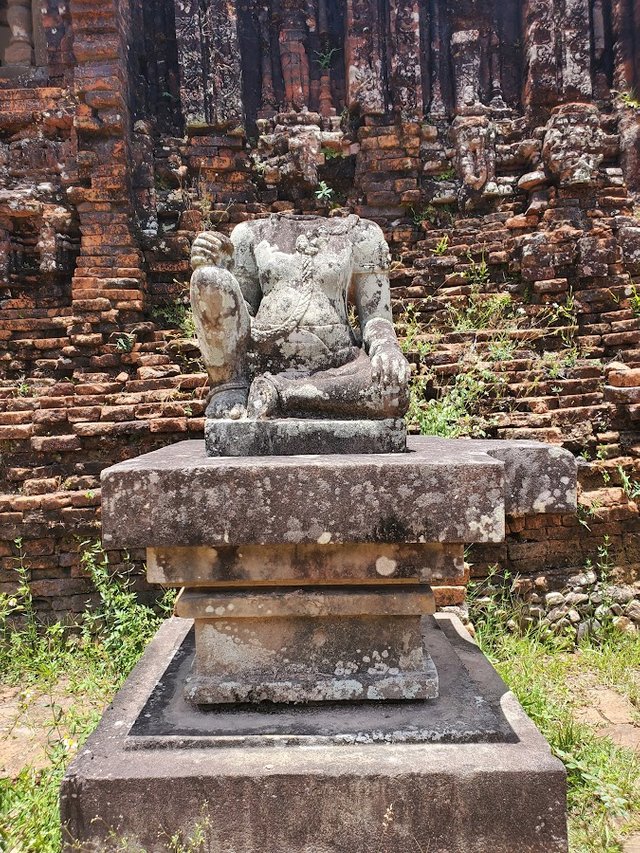
Despite being an ancient site, the historical significance of this place even stretches more recently to the Vietnam War with the United States. During that war, The People’s Army of Vietnam and the Viet Cong used these buildings as a base. As a result, the site was bombed in 1969, destroying some of the buildings. It is said that the surrounding forests may still contain unexploded bombs, and craters from the blasts can still be seen in various parts of the site.
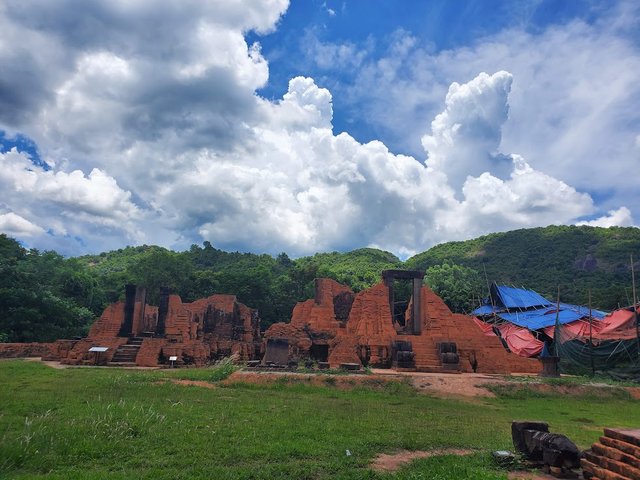
The grounds are quite expansive, so you could easily spend about two hours exploring the various ruins. Be sure to also check out the traditional music and dance performance that is performed at various times throughout the day, and is included in you entrance ticket.
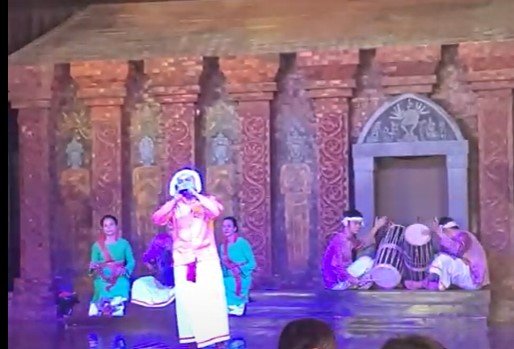
There are some areas of the site that are not very well shaded, so I recommend bringing an umbrella or hat to protect from the sun.
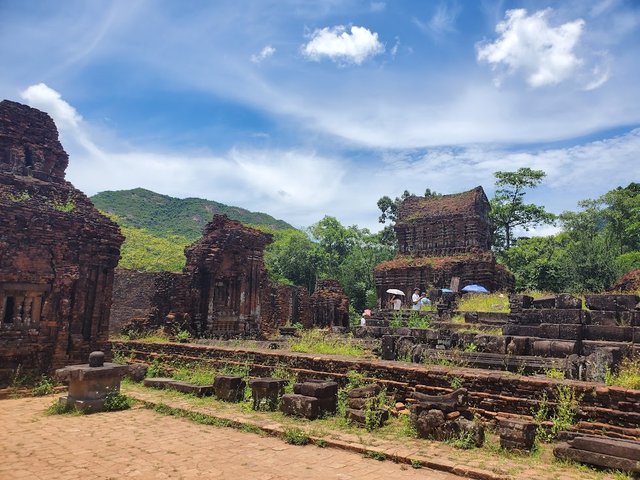
There were a few restoration projects still underway, so there may even be a few more buildings to see when you come to visit.
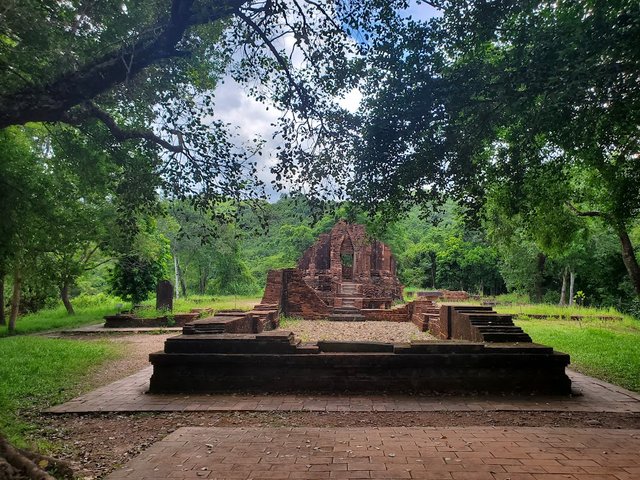
If you are interested in learning more about the Cham people, you can visit the Cham Museum in Da Nang, which houses many of the artifacts recovered from this site.
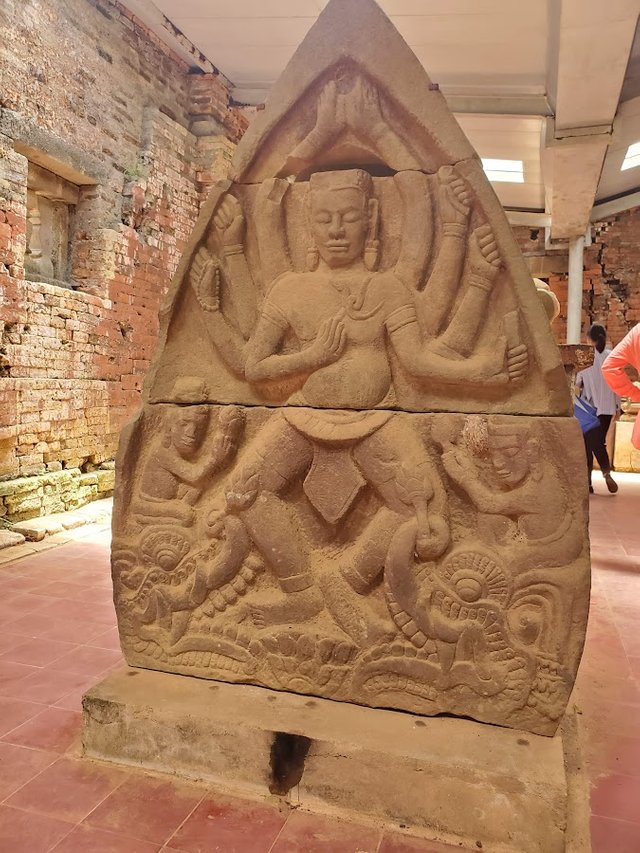
I hope you enjoyed reading my post. All photos were taken by me.
Thank you for posting this on Steem Atlas...
For more information about posting on Steem Atlas check out our Curation Guidelines...
Please consider setting a beneficiary to @steem-atlas to help the project grow.
To help improve your posts on Steem Atlas, and increase your chances of winning in the Atlas Challenge, check out these 15 Tips...
Your pin on Steem Atlas should be about 1km to the south.
Thank you for your suggestions!